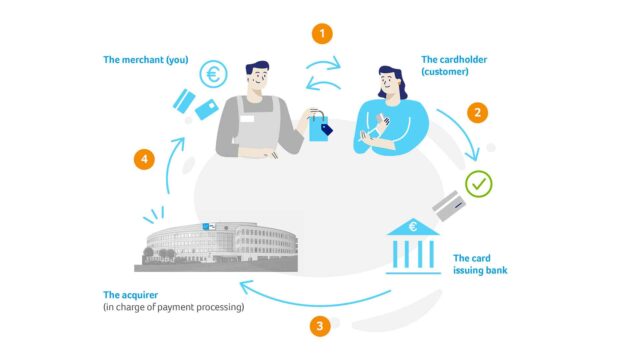Introduction
Contactless Payment lets customers pay with their credit or MasterCard using RFID (Radio-Frequency Identification) technology. These cards are popular for in-store exchanges and allow clients to pay without connecting, thus easing the purchase process.
What is Contactless Payment?
Tap-to-pay contactless payment is cashless. Shoppers tap their cards at the checkout since the terminal is closed, and no card or swipe is needed.
Contactless cards are like wallets. Hold or tap the card on a contactless card reader to complete the exchange.
Consumers have gained trust by understanding contactless payment and are gaining efficiency without adding expenses. Overall, contactless payments boost loyalty and reduce fraud.
How Does Contactless Payment Work?
RFID (Radio-Frequency Identification)/CFC (Continuous Function Chart) enables contactless payments by using radio waves . NFC (NFC/Near Field Communication) is a short-range remote technology for phones and cards. NFC technology is utilized for bill payments, coupon downloads, and business cards.
Pros and Cons of Contactless Payments
Contactless payments are rapid. Contactless payment is also quite secured in terms of privacy. If your card or device is stolen, contactless payments are risky and one must deactivate the card.
FAQs
Where are contactless payments accepted?
Contactless payments are accepted at most places including fast food restaurants, coffee shops, grocers, pharmacies, supermarkets, and corner stores among others.
How secure is contactless payment?
Contactless payments are digitized. Contactless cards use the same secure technology as EMV chips, and are thus highly secure.
Conclusion
Contactless payment is a simple and convenient method to pay. Innoviti Technologies offer purchase tools that can help your business accept contactless payments. Avail the best of modern technology and exclusive offers only with Innoviti.








